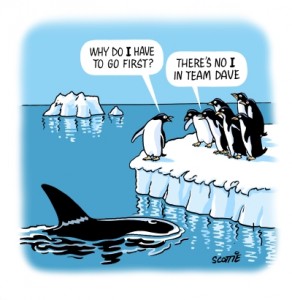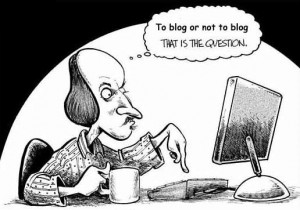What do you want to be when you grow up? As I walked to the train on my one-year anniversary at DFCI, I was reflecting on my career path and my mind wandered back to my earliest memories.
Typically, when we visited my father’s side of the family, I suffered through the usual, “You are growing like a weed!” We didn’t get too far beyond the weeds when they’d hit me with “the question” about my career aspirations.
Up until around age 6, I consistently replied, “A farmer.” You might imagine the pause that followed. Breathing stopped and I am pretty sure that time stood still… but then their eyes would light up in awe of my nearly terminal cuteness, followed by a sly smile. Little did they know that this little farmer-to-be was feeling bruised at being likened to a WEED!
I stuck to this career choice until I met Miss McQue in first grade and then, you guessed it, the answer changed to, “A teacher.” This was much less evocative, and unlike “the farmer”, held firmly for many years. It wasn’t until I had to make choices around colleges and curriculum that my dreams of teaching came to a halt. There was a glut of teachers at the time, so to make a long story short, I abandoned the idea of teaching and began the search for something I was good at that was enjoyable and would pay the bills.
Let’s face it. How many children you know would say that they want to become a project manager when they grow up? I have this vision of a child prodigy at age four – without training, playing with 3M sticky notes to create a work breakdown structure, and then without training, getting on their parents’ computer to create a brilliant project schedule in MS Project, full of predecessors and with all resources leveled. Henry Gantt reincarnated…
If I remember correctly, way back in 1972, Clinton High School guidance suggested nursing, accounting, bookkeeping, teaching, etc. as possible career paths. I don’t recall mention of anything to do with computers or project management. I reluctantly headed to UMass where initially, my only direction in life was Route 2 west and Route 202 south to Amherst.
Between office work, waitressing jobs, and bouncing around UMass taking courses from astronomy to accounting to Basic programming, I learned that I had an aptitude for computer programming. I dove back into school full time, and in 1984, I landed a position in information technology. It was a blast! I couldn’t believe I was being paid to do something I loved so much. I moved rather quickly around the organization – from programmer, to Tier 2 Product Support, to implementation consultant, and eventually project manager.
It’s interesting to me – there have been and still are tons of TV shows glamorizing the law and medical professions – too many to name. There was even “Welcome Back Kotter!” I ask myself: What about project management, for cryin’ out loud?! I suppose you have Donald Trump and “The Apprentice,” but I don’t see this as a fair representation of the day in the life of a project manager, thank goodness! For one thing, we don’t dress like that – cat suits, cowboy hats, miniskirts, stiletto heels, fancy hair, glitter, and tons of makeup, although it would be interesting to see the reaction if I showed up like that for my next executive project review meeting. Another thing, we typically don’t get a million dollar paycheck upon successful project completion. But on the flipside, we don’t get fired as frequently – double thank goodness!!
So here I am, an IS project manager. It has been an interesting journey – never dull, always challenging, and providing many growth opportunities. Who would have thought back in my “farmer” days that this is where I would find myself?
I think there are two types of people when it comes to career planning – those who know what they want to be early on and stay the course. Then, there are those of us who go where the winds take us and if we are lucky, land in a fulfilling career. What has your journey been? I’d love to hear your story!


